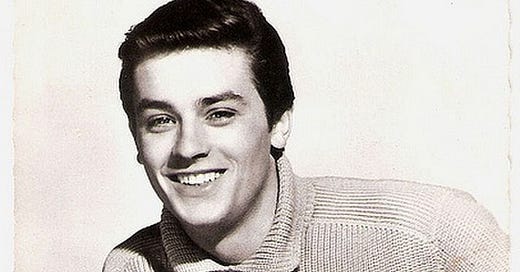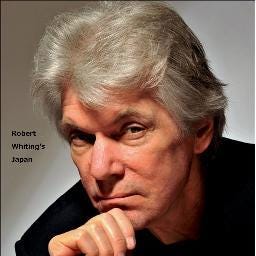Time Machine: Tokyo Cinema in the 1960s
TOKYO — If you were a fan of the cinema, Tokyo was also the place to be in the 1960’s. There were 527 movie screens in the city, more than in any other capital of the world, and they offered a wide and frequently changing variety of both foreign and domestic films. Theaters in Japan were quite often bursting at the seams, with standing room patrons munching on such concession delicacies as dried eel and octopus as they watched the film from the back and down along the sides. In the main entertainment hubs of Ginza, Shinjuku, Shibuya and Ueno, theaters seated as many as 2,000. There was a giant Cinerama Theater in Kyobashi. The promotional art was amazing, featuring enormous, 60-foot-tall cartoon posters in soft pastel colors above the marquee.
I have vivid memories of Marlon Brando in Mutiny on the Bounty, Sophia Loren in the Fall of the Roman Empire, Paul Newman in Hud, Elizabeth Taylor in Cleopatra and Peter O’Toole in Lawrence of Arabia towering above the crowded street below. Across the street from “Lawrence” at the Scalaza-za theater in Yurakucho, there was a huge poster of a nude stripper advertising an Italian documentary on sex around the world.
The most popular foreign actor in Japan was Alain Delon, then virtually unknown in the United States. Long lines of people waited to get in to see him in the hit French thriller “Plein Soleil,” (Purple Noon), playing at the Marunouchi Piccadilly.
Outside an enormous poster of a shirtless Delon at the helm of a yacht, with blood on his hands, advertised the film. Delon was idolized by millions of Japanese, male and female alike, who saw him as the prototype of gorgeous western masculinity. He appeared on the cover of fan magazines, dubbed “sekai ni mo ichi utsukushi otoko” (the most beautiful man in the world).
The most popular Japanese movie star was a tall, hard-drinking, two-fisted young actor named Yujiro Ishihara. His forte, displayed in a seemingly endless string of hits, was portraying alienated postwar youth, challenging established authority and winning the girl against impossible odds. He was Japan’s James Dean, it was often said, although westerners could see little resemblance to the famed star of “Rebel Without A Cause.” Indeed, one foreign reporter described Ishihara uncharitably as having a “flat nose, eyes like two razor slits, mousy ears and a fuzzy, black Jerry Lewis haircut.”
Ishihara was a hard living individual in real life as well. He raced cars and yachts, and drank beer for breakfast, switching to whisky after dark. He and two friends once killed two fifths of whisky and eight quarts of sake in six hours. He and Yomiuri Giants baseball star Shigeo Nagashima were close friends and nightly fixtures at Ginza night clubs。Ishihara even recorded a song about their amity “男の友情背番号・3 Male Friendship: Back Number 3 [Nagashima’s uniform number.]” It was played at Korakuen Stadium whenever Nagashima came to bat. Ishihara would eventually drink himself to death. (His older brother Shintaro Ishihara, wrote a best-selling, prize-winning novel about dissolute youth in post-war Japan, which was made into a movie starring his sibling. A strident ultranationalist, he went on to become Governor of Tokyo, never forgetting to present himself on the campaign trail as the late ‘Yujiro's big brother.’)
I have exciting news to share: You can now read Robert Whiting's Japan in the new Substack app for iPhone.





